- About us
- Support the Gallery
- Venue hire
- Publications
- Research library
- Organisation chart
- Employment
- Contact us
- Make a booking
- Onsite programs
- Online programs
- School visit information
- Learning resources
- Little Darlings
- Professional learning
Paddy Nyunkuny Bedford (1920/1924–2007), also known as Goowoomji or Guwumji, artist and Gija elder, was born on Bedford Downs Station, near Warmun in Western Australia. As was so for many of his contemporaries, he was given the surname Bedford based on his place of birth. As a boy and a young man, Bedford worked as a stockman on cattle stations in the district, receiving rations such as tea, flour, sugar and tobacco as wages. In 1969, following the introduction of equal rates of pay for Indigenous pastoral workers, he and many other Aboriginal people lost their jobs. Bedford and his wife were then sent to live on a mission, their three children having been taken from them. As a senior law man, he had long been involved in ceremonial painting but did not begin painting on canvas until 1997, when Jirrawun Aboriginal Arts was established. Bedford’s work drew on ancestral Dreamings, his country and historical events, including a series of paintings depicting the poisoning murders of Gija men on Bedford Downs in the 1910s. A retrospective of his paintings was held by the Museum of Contemporary Art in 2007; and his work is represented in major collections here and overseas.
Gift of Patrick Corrigan AM 2013. Donated through the Australian Government's Cultural Gifts Program.
© Jim Anderson
Patrick Corrigan AM (130 portraits)



On one level The Companion talks about the most famous and frontline Australians, but on another it tells us about ourselves.
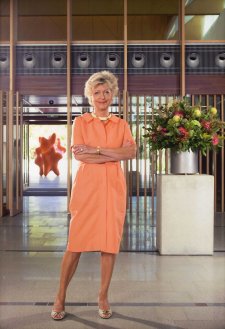
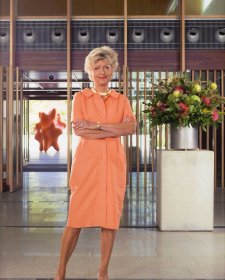
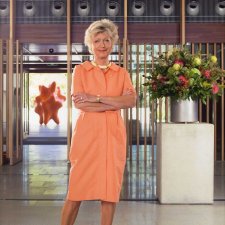
Portraits of philanthropists in the collection honour their contributions to Australia and acknowledge their support of the National Portrait Gallery.
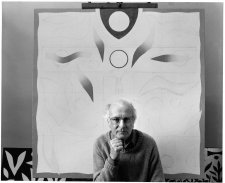
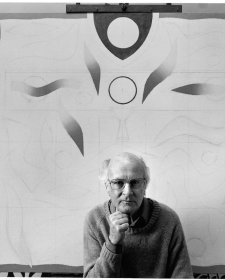
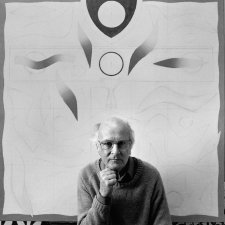
Pat Corrigan's generous gift of 100 photographic portraits by Greg Weight.